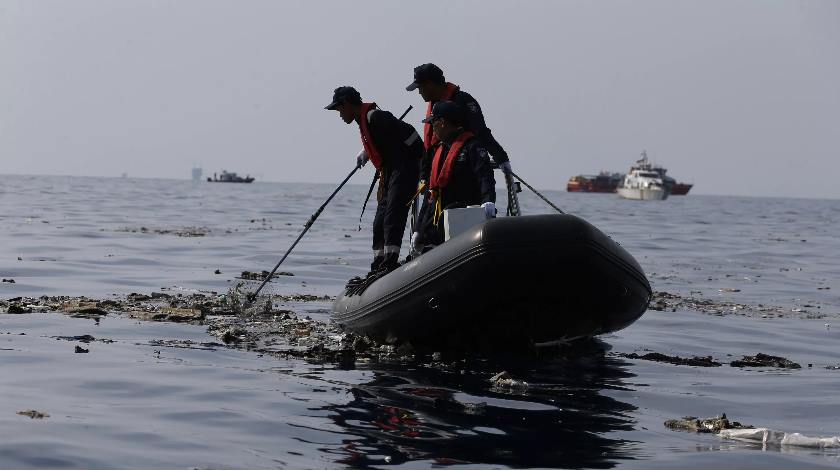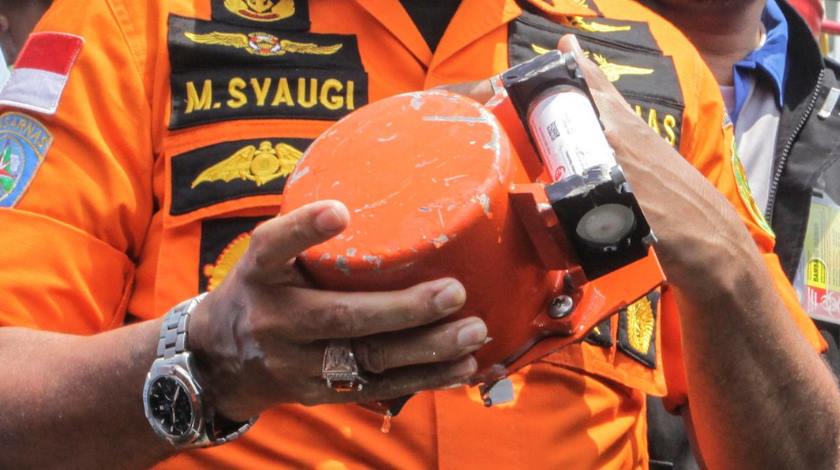Photo: Reuters
Reading Time: 4 minutesWith ongoing search works and investigation of the fatal crash of the Lion Air 737 MAX 8 which carried 189 people on board on 29th October, 2018, more and more questions regarding the reasons of the accident are appearing. What do we know at this point?
Reason in Boeing 737 MAX 8 Systems?
- On 7th November Boeing issued an Operations Manual Bulletin (OMB) to all Boeing 737 MAX Operators stating that the investigation into the crash of PK-LQP found one of the Angle of Attack Sensors had provided incorrect readings.
- AOA, or Angle of Attack, refers to the angle at which the oncoming flow of wind hits the plane or its wings.
- Boeing has consequently issued a safety bulletin and statement directing flight crews on how to react in the event erroneous data is provided by the sensor which monitors the plane’s angle of attack (AOA), including instructions to pilots on how to compensate.
- Following Boeing’s bulletin, Federal Aviation Administration (FAA) has released Emergency Airworthiness Directive as it “determined the unsafe condition described previously is likely to exist or develop in other products of the same type design“.
- The exact cause of the crash has not been found yet, therefore it is suspected that a software glitch or misinterpretation by pilots may have contributed to the accident.
UPDATED: 6th November
- The KNKT reported the “black box” recovered on 1st November was the Crash Surviveable Memory Unit (CSMU) of the flight data recorder storing 25 hours of flight data.
- On 4th November the KNKT reported the FDR has been successfully read out and contained 1800 parameters spanning 19 flights including the accident flight.
- On 5th November the first assessment of the flight data recorder data revealed that during last 4 flights (including the accident flight) there was damage to the airspeed indicator.
- The cockpit voice recorder has not been found yet.
UPDATED: 2nd November
- On 1st November one of “black boxes” has been retrieved. It is unclear whether the device found is the flight data recorder or the cockpit voice recorder. The “black box” has been handed over to KNKT for further processing and read out.
- The poor condition of the device found could be considered as an evidence of the “extraordinary impact” the aircraft suffered.
- Indonesia’s national search and rescue agency said it found the crashed Lion Air plane’s landing gear, the wheels and a large part of the body of the aircraft.
- Also, the airline confirmed one of their maintenance engineers was on board of the aircraft during the accident flight as an anticipatory measure. Nevertheless, Lion Air reports that the presence of a technician had nothing to do with a technical condition of the aircraft before taking up into the air.
What happened?
- Technical problems with the aircraft were reported the day before. However, it was checked, repaired and given the permission to fly.
- On 29th October, 2018, (Monday) the was en route from Jakarta to Pangkal Pinang (Indonesia) with 181 passengers (two babies and one infant among them), as well as the crew. The Captain had accumulated 6,000 hours of total flight experience, while the First Officer – 5,000 hours. According to the airline statement, 3 out of 6 cabin crew were in training.
- The plane was climbing out of Jakarta when it reached an altitude of about 2000-3000 feet, when the crew made a request to air traffic control to return to the airport (approx. 3 minutes after take-off).
- The crew did not indicate any emergency, although it was given the permission by the ATC to return to the base. The team investigating the crash is still looking into the causes of the request to return.
- Depending on the data, the aircraft never climbed above 5400 feet remaining between 5200 and 5400 feet for about 6 minutes before losing altitude and disappearing from radar.
- Radar contact was lost about 35nm northeast of Jakarta over the Java Sea, 8 minutes after take-off.
- The Lion Air 737 MAX 8 went down in waters about 30-35 meters deep.
- The reasons of the accident are not known yet. The fuselage of the aircraft as well as flight data recorders are to be recovered.
- Currently speed boats has delivered 26 body bags, 24 are already on their way to hospital for identification. Debris including identities as well as belongings of passengers were also delivered to the command post.
- The search is expected to last for the seven days. Additional days will be dedicated for search works in case the will not be found.
- Indonesia’s National Search and Rescue Agency said the identification process was proceeding as quickly as possible, but said it was unlikely the remains of all passengers would be found.
- On Oct 30th 2018 the airline indicated they are going to accept whatever sanctions will be issued including a grounding.
First Boeing 737 MAX 8 in a deadly crash
- The Boeing 737 MAX 8 that crashed into the sea on Monday was one of 11 Boeing MAX 8 planes of Lion Air.
- This Boeing 737 MAX 8 was built in 2018 and went into service just two months ago as well as had only 800 hours of flight.
- The Boeing 737 MAX 8 plane was powered by CFM LEAP-1B engines.
- The aircraft which performed the flight was the first Boeing 737 MAX 8 aircraft involved in such an accident ever. Indonesian Transportation Ministry official said country’s aviation authorities will inspect all the Boeing 737 MAX 8 aircraft operated by commercial airlines of Indonesia.


